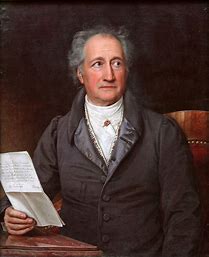If anyone wants proof that we have a long way to go in understanding the way the Universe works, look no further than entanglement. Einstein hated it. He called it “spooky action at a distance”, trying to prove with others that it was a flaw in the theory of quantum physics.
It’s nothing to do with earphones getting tangled, annoying though it can be. Here we are talking about events at a quantum level which defy what we consider as reality.
At some deep level, it appears to be a fundamental component of the Universe. “Entangle” two photons by producing them together, change one, the other changes instantly, no matter how far the distance between them. It has been proved to work time after time. And not only that, it works instantly, over vast distances. Even though as Einstein showed, you cannot travel faster than the speed of light, disruption of entanglement is somehow an instant process.
Physicists can’t explain it. Well, that’s not strictly true. There is one explanation, but it’s such a mind boggling explanation, that most people shy away from it.
The explanation – that everything is already connected! You, me, the stars, every atom in the whole Universe.
And I rather like that!!















 Writing “The Wisdom of Rhiannon” was a test of my beliefs. I was trained as a physicist which fashioned me to see the physical world in which we live in a certain way. So I was challenged in trying to determine what “powers” did the Druids have; any, or was it trickery, or a good knowledge of the natural world, for example, in predicting eclipses? What was the nature of ancient knowledge? Certainly there is evidence of quite remarkable medical knowledge, for example, trepanation, a delicate surgical technique for making a hole in someone’s skull, with evidence that the technique dates back as far as 6500 BC, with plenty of people recovering from the operation.
Writing “The Wisdom of Rhiannon” was a test of my beliefs. I was trained as a physicist which fashioned me to see the physical world in which we live in a certain way. So I was challenged in trying to determine what “powers” did the Druids have; any, or was it trickery, or a good knowledge of the natural world, for example, in predicting eclipses? What was the nature of ancient knowledge? Certainly there is evidence of quite remarkable medical knowledge, for example, trepanation, a delicate surgical technique for making a hole in someone’s skull, with evidence that the technique dates back as far as 6500 BC, with plenty of people recovering from the operation.